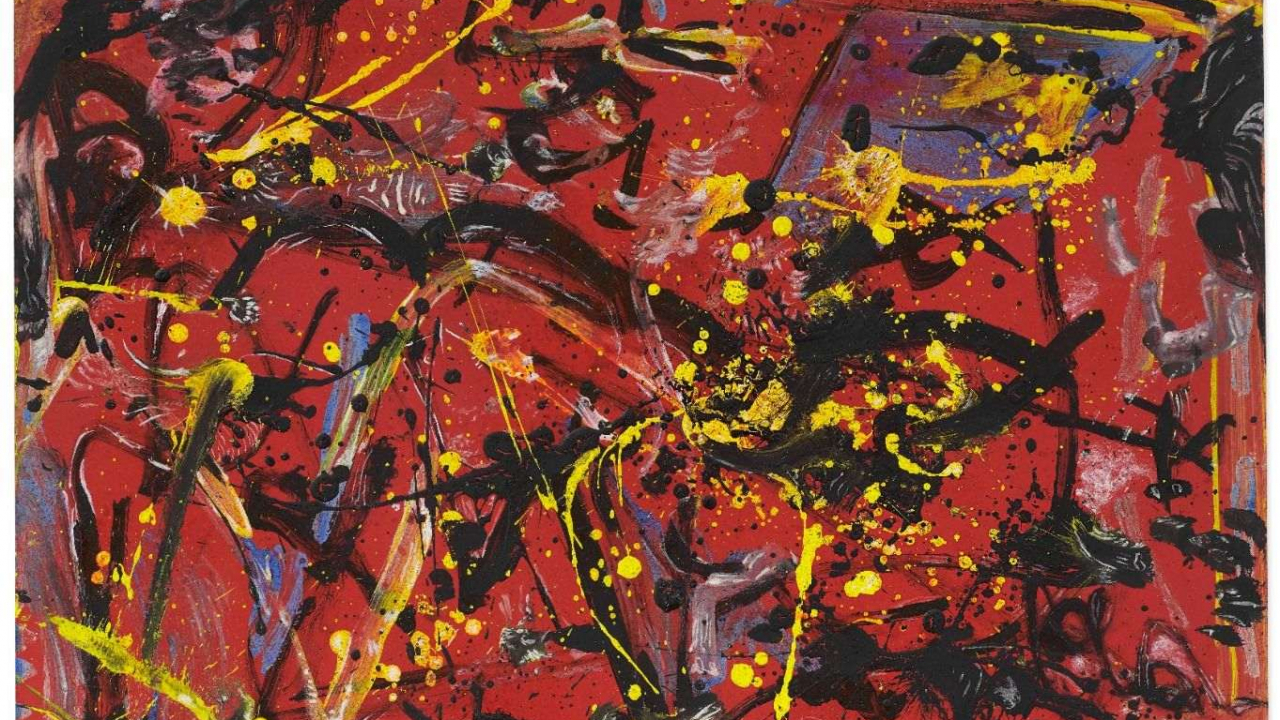
SYRACUSE, N.Y. (NCC News) — The Everson Museum of Art sold its most expensive painting at an auction for $12 million. The profits from the sale will be used to purchase more art from female artists and artists of color.
Since 2017, more than a third of The Everson’s works are from nonwhite artists and 60% of those works are from female artists. However, the museum feels these numbers should be higher.
The painting was Jackson Pollock’s second drip oil painting titled, Red Composition, 1946. It was donated to the museum as a gift in 1991 by New York businessman and Syracuse native Marshall Reisman and his wife Dorothy.
The painting was the museum’s only Jackson Pollock painting on canvas. It was valued between $12 to $18 million.
According to The Everson’s website, the museum has enough money to run, but a sale of this size was needed so they could buy art that would make the museum more representative of the Syracuse community.
Kristin Sheehan is the museum’s marketing consultant. She said “We want to do our part to create change and ensure that everyone who walks through our doors feels represented.”
While the museum received online backlash from multiple art critics, they say they decided to sell their most important painting because is the right thing to do considering the recent protests surrounding racism in the United States.
In June of this year, after the killing of George Floyd, the Museum launched an Equity Task Force. The group was created because the museum’s staff was so moved after seeing “our entire nation take action and march in the streets in every single state demanding racial equality and social justice,” Sheehan said.
“Fighting racism starts with leveling the playing field. For us, part of doing that means breaking down barriers that people of color and women have been up against when trying to break into the fine arts world, a world that has historically been occupied by white men,” Sheehan said.
New acquisitions from the sale are expected to begin in 2021.
“The Everson’s curatorial staff has already identified a number of works that will be purchased using the new Reisman Acquisition Fund, some which will be included in the upcoming exhibition Who What When Where, opening in February,” Sheehan said.




